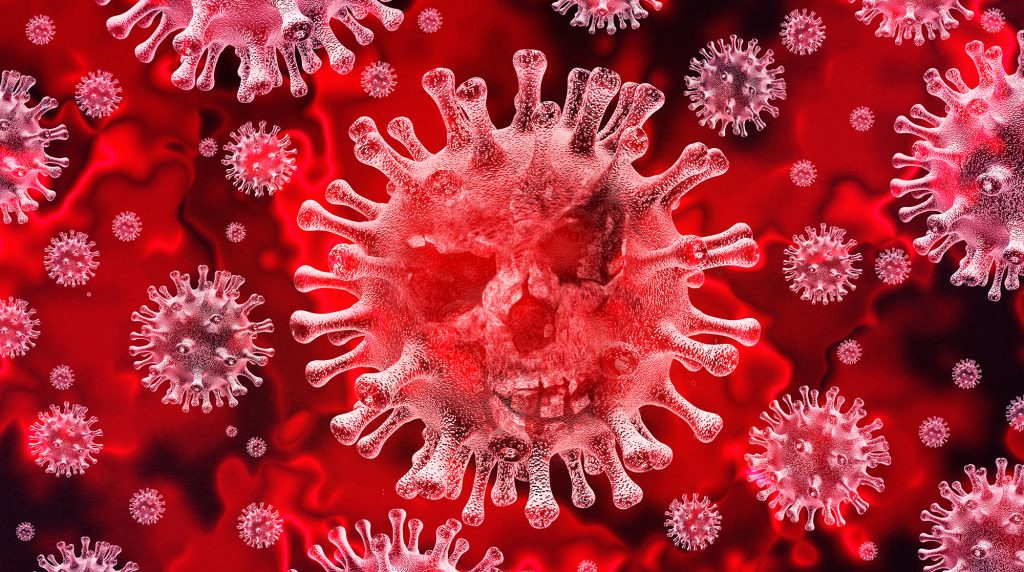
A group of health and education experts have published seven key goals in a mission to protect schools from COVID‑19 and other infectious disease outbreaks.
They say the initiative is designed to prevent a repeat of 2022, when New Zealand’s policy of “business-as-usual” school-based infection control resulted in serious and inequitable impacts on health and education.
In an editorial published in the New Zealand Medical Journal today, Associate Professor Amanda Kvalsvig from the University of Otago, Wellington, says school should be one of the safest places a child can be, but became a high-risk setting during the COVID‑19 outbreaks of 2022.
“There were many instances of children bringing infections home from school and New Zealand school teachers had the highest COVID‑19 infection rates of any occupational group. This is preventable harm and we have to do better.”
The New Zealand experience aligns with international evidence showing that without preventive measures, COVID‑19 infection is rapidly transmitted within schools and spreads from schools into homes, along with many other infections such as influenza, respiratory syncytial virus (RSV) and measles.
“The safety of children in schools should be universal and rights-based, but this protection is not possible where key strategic decisions are left to individual schools with varying access to information and resources. The current situation is highly inequitable for Māori, Pacific peoples and disabled people.”
Associate Professor Kvalsvig says the set of seven goals is highly achievable and begins with ensuring excellent indoor air quality as a fundamental protection for school communities.
A co-author and Māori researcher at the University, Carmen Timu-Parata, says the activities can be seen as placing a korowai/cloak of protection around school environments and communities.
Another one of the authors, Belinda Tuari-Toma from Kōkiri Marae and Tū Kotahi, says healthy kura can protect tamariki, kaimahi/staff, and the whānau at home if they are well resourced and supported.
“Healthy kura can also provide a protective role in the wider hapori/community through active agency and whanaungatanga or relationship connectivity. Kura serve as a focal point within communities for hui and group events such as wānanga, and as community hubs during emergencies.”
Associate Professor Kvalsvig says there are many effective ways to slow the spread of infections within schools.
“New Zealand could begin immediately by rolling out community trials of ‘what works’, looking at practical approaches to infection control that make sense for school communities. These trials could generate measurable results straight away as well as helping to prevent the spread of infections in schools this winter.”
She says even just improving indoor air quality has the potential to significantly reduce the spread of infections in schools.
“Researchers in Italy have reported an 80 per cent lower COVID‑19 infection risk in children with optimum classroom ventilation. If we can achieve a similar level of prevention in Aotearoa, we can also prevent the spread of flu, RSV and a number of other diseases that are less infectious than COVID‑19. We might not apply the same methods as in Italian schools, but the outcomes would be just as transformative.”
Fellow author Dr Claire Sinnema, from the University of Auckland’s Faculty of Education and Social Work, says school and system conditions can mean that well-intentioned practitioners cannot realise the health and inclusive curriculum goals they aspire to.
“We need to understand and address the barriers to implementation.”
Associate Professor Kvalsvig says inaction and lack of preparedness is not a defensible option.
“We all want the pandemic to be over, but COVID‑19 remains a serious public health concern. One school has already had to close this year due to high rates of sickness. It is vital that we as a society prevent a repeat of 2022 and its inequitable impacts.”
She says there is now abundant evidence of short and longer-term health risks from COVID‑19, with concerning health and educational implications of widespread infection and reinfection of children and those closest to them.
“Even at the milder end of the Long COVID spectrum, illness lasting three months or more is detrimental to children’s social wellbeing and education and to the ability of teachers and whānau to continue working. Rarer but more serious COVID‑19 outcomes can be life-changing and life-limiting. The occupational risk for teachers is exceptionally high. This unacceptable health burden calls urgently for a proactive, preventive approach.”
Professor Michael Baker from the University of Otago, Wellington, who also contributed to the editorial, says a major lesson from the COVID‑19 pandemic, flooding emergencies, earthquakes and other disasters has been the need to prepare for a full range of future scenarios.
“Part of this preparation and resilience building means schools need the ability to switch from in-person to high-quality online learning when needed.
“It is easy to image scenarios where some of our schools will be overwhelmed by a combination of COVID‑19, influenza, RSV and other infections during the coming winter. Now is the time to plan for such scenarios and ensure that our schools, teachers, communities and students are well prepared for such events. Such preparation should focus on the most disadvantaged communities to ensure they have the resources needed to support online learning if needed.”
Associate Professor Kvalsvig says New Zealand’s experience with the Omicron variant also points to a concerning gap in our pandemic preparedness.
“Effective infection control practices and wellbeing supports need to be embedded within school communities. Without a cohesive approach, there’s a risk that schools may act as early amplifiers of a new, severe pandemic disease. So this healthy schools initiative is not just for 2023: it needs to be an enduring legacy of the pandemic.”